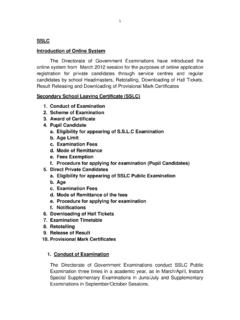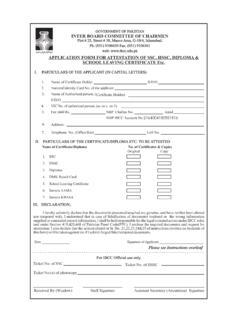Transcription of Physical Education (LCPE) - Curriculum
1 Physical Education (LCPE) Guidelines for the Physical Activity Project (PAP) leaving CERTIFICATEJ anuary 2019 Physical Education (LCPE) Guidelines for the Physical Activity Project (PAP)2 ContentsIntroduction ..3 Timeline for the Physical Activity Project ..4 Completing the Physical Activity Project ..4 AppendicesAppendix A: Sample parental consent letter ..13 Appendix B: Sample consent letter for young person ..14 Appendix C: Quality descriptors for the Physical Activity Project ..15 Physical Education (LCPE) Guidelines for the Physical Activity Project (PAP)3 Introduction The inclusion of the Physical Activity Project as one of three assessment components in leaving certificate Physical Education (LCPE) arises from the specification which includes the study of the theoretical aspects that impact on performance in Physical activity.
2 In Physical Education , as students learn, they are actively engaged in three Physical activities selected from three different Physical activity areas. Students learn about the various factors that impact on optimum performance through these activities. They also learn to apply their learning to other Physical activities, including those that they may be involved in beyond Physical Education class. The Physical Activity Project assessment is designed to assess learners understanding of the factors that impact on performance and their capacity to apply their learning to improving performance in an activity of their choice as either performer/coach/choreographer. The Physical Activity Project is directly related to the aim and learning outcomes of the specification: The aim of leaving certificate Physical Education is to develop the learner s capacity to become an informed, skilled, self-directed and reflective performer in Physical Education and Physical activity in senior cycle and in their future life ( leaving certificate Physical Education Specification, pp.)
3 8). The project directly addresses the learning outcomes of strand 1 of the specification. Strand 1, Towards optimum performance, focuses on the complex interrelationship between performance in Physical activity and the range of factors that shape that performance. An integral part of learning in LCPE is the ability to apply learning about the theoretical aspects of Physical Education to a range of Physical activities and the skills necessary to improve performance. Learners will bring this knowledge, understanding and skills, including those of performance analysis, goal identification, programme design and planning, and reflection to their undertaking of the Physical Activity Project. The project allows the learner, in their chosen role of either performer/coach/choreographer to demonstrate their learning when they analyse the performance in their selected activity through different theoretical perspectives set four performance goals and plan to achieve them implement ongoing training/practice and engage in ongoing reflection complete a concluding analysis on the experience and impact of the programme.
4 The Physical Activity Project carries 20% of the marks available in LCPE and is assessed at Higher and Ordinary level. The form and the requirements of the project will be the same at both Higher and Ordinary levels, so that learners will not necessarily need to have chosen their level at the time of submission. Differentiation will take place at the point of assessment with an appropriate standard applied at the two levels. Learners submit a digital artifact documenting the four stages of the project outlined above for assessment. Physical Education (LCPE) Guidelines for the Physical Activity Project (PAP)4 Timeline for the Physical Activity ProjectThe Physical Activity Project should span an eight- to ten-week period from early October to mid-December of sixth year. It will require approximately 20 to 25 hours of student work including activities undertaken in class and out of class.
5 Learners must compile their projects under teacher supervision during class time. The completion date for submission of the report is mid-December of the final year of senior cycle (the precise date will be set by the State Examinations Commission via circular). Schools will submit the projects on the specified date. Physical Education (LCPE) Guidelines for the Physical Activity Project (PAP)5 Completing the Physical Activity Project There are three steps to completing the Physical Activity Project:Step 1: Selecting the Physical activity and the 2: Completing the Physical Activity 3: Generating the 1: SELECTING THE Physical ACTIVITY AND THE ROLEL earners can choose the activity to focus on for their Physical Activity Project. They can also choose to complete the Physical Activity Project in one of following roles: performer coach/choreographer.
6 From the outset of studying leaving certificate Physical Education , learners should have an opportunity to consider the activities from which they can choose to complete their project in. There are a number of considerations that will come to bear on the selection of that activity: The activity selected must have a national governing body of sport (NGB) affiliated to Sport Ireland. The activity must comply with the definition of competitive sport outlined in the Irish Sports Council Act, 1999: Competitive sport means all forms of Physical activity which, through organised participation, aim at expressing or improving Physical fitness and at obtaining improved results in competition at all levels . The school, in consultation with the Physical Education teacher, has the final decision about the range of activities that can be accommodated and supported for the Physical Activity Project.
7 This decision will be informed by the particular context of the school, the Physical Education programme and the Physical activity opportunities that may be available to each learner. The learner must complete the project in a different activity area to the one selected for their Performance Assessment. In some instances, the activity chosen for the Physical Activity Project may not be one of the activities included in the specification, golf, triathlon, boxing. There must be a clear delineation between the Physical activity chosen for the Physical Activity Project and the Physical activity area chosen for the performance assessment, , triathlon and soccer. Careful consideration should be given to the selection of the activity for the Physical Activity Project to ensure that the activity chosen allows the learner to develop their knowledge and understanding of an activity that is sufficiently different to the one undertaken for their Performance Assessment, for example, lifesaving and javelin or basketball and gymnastics.
8 This will help ensure that learning in LCPE is broad and balanced. Where the Physical Activity Project is being completed in an activity beyond the Physical Education class, an extra-curricular or outside-school setting, the learner must comply fully with the school s Acceptable Use Policy (AUP); the school s data protection protocols; the AUP associated with the outside setting and General Data Protection Regulation (GDPR). Physical Education (LCPE) Guidelines for the Physical Activity Project (PAP)6 The Physical Education teacher, or another teacher who is registered with the Teaching Council and a member of the teaching staff of the school must be willing to accompany the learner to the club/or external facility where any videoing or photography in support of the project is being gathered.
9 This requirement is to ensure that all data protection protocols are adhered to and to ensure that all authentication and completion requirements set out by the SEC are met. In this context, it will be essential that the accompanying teacher is familiar with all of the requirements and protocols associated with the Physical Activity Project. Learners may choose to complete the Physical Activity Project in one of following roles: performer coach/choreographer. This choice is designed to ensure that the assessment is more inclusive as some learners may prefer to apply their understanding of the theoretical perspectives to help another learner to improve their performance. Learners who choose to complete the project in either the role of coach or choreographer must do so working with a peer in their class or club/group.
10 TABLE 1: ASSESSMENT OF ROLES, PERFORMER AND COACH/CHOREOGRAPHER, IN THE Physical ACTIVITY PROJECT PERFORMERCOACH/CHOREOGRAPHERA ssessment as a performerLearners will be assessed on their ability to develop a personal Physical activity programme designed to enhance their performance in an activity of their choice. Learners must complete a performance analysis in their chosen activity, identify four distinct performance goals they wish to improve upon and implement corrective measures to optimise performance in a competitive/equivalent scenario. Learners are further assessed on their ability to document, review and evaluate improvements in their Physical Activity Project should reflect the range of skills and techniques outlined for the activity in Section 6 of the specification, Physical Activity Areas (pp.)
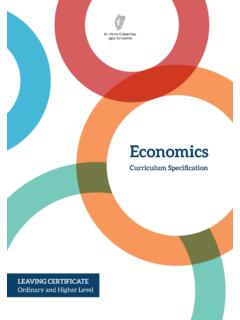
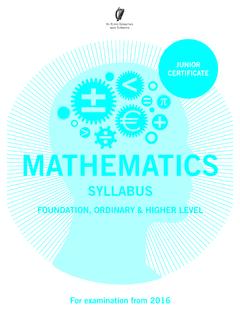


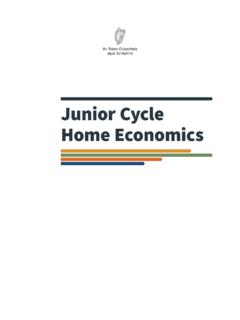
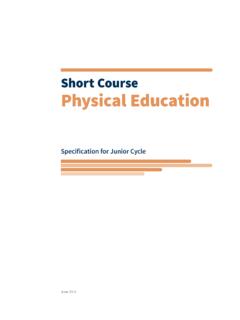
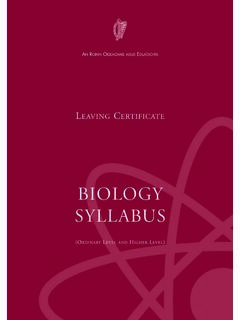
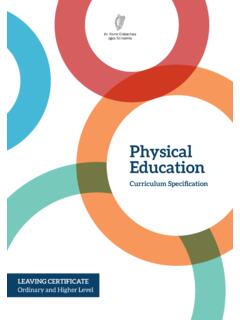
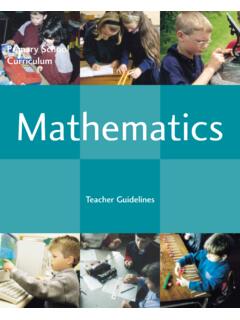
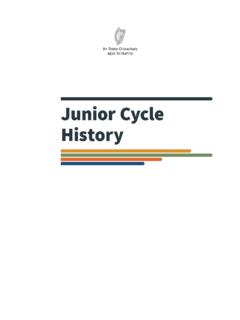
![FORM 16 [rule 14] FOR STUDENTS EDUCATION De-Notified …](/cache/preview/d/4/3/0/c/8/c/e/thumb-d430c8ce06fef35e8338a4b2d936adb9.jpg)
